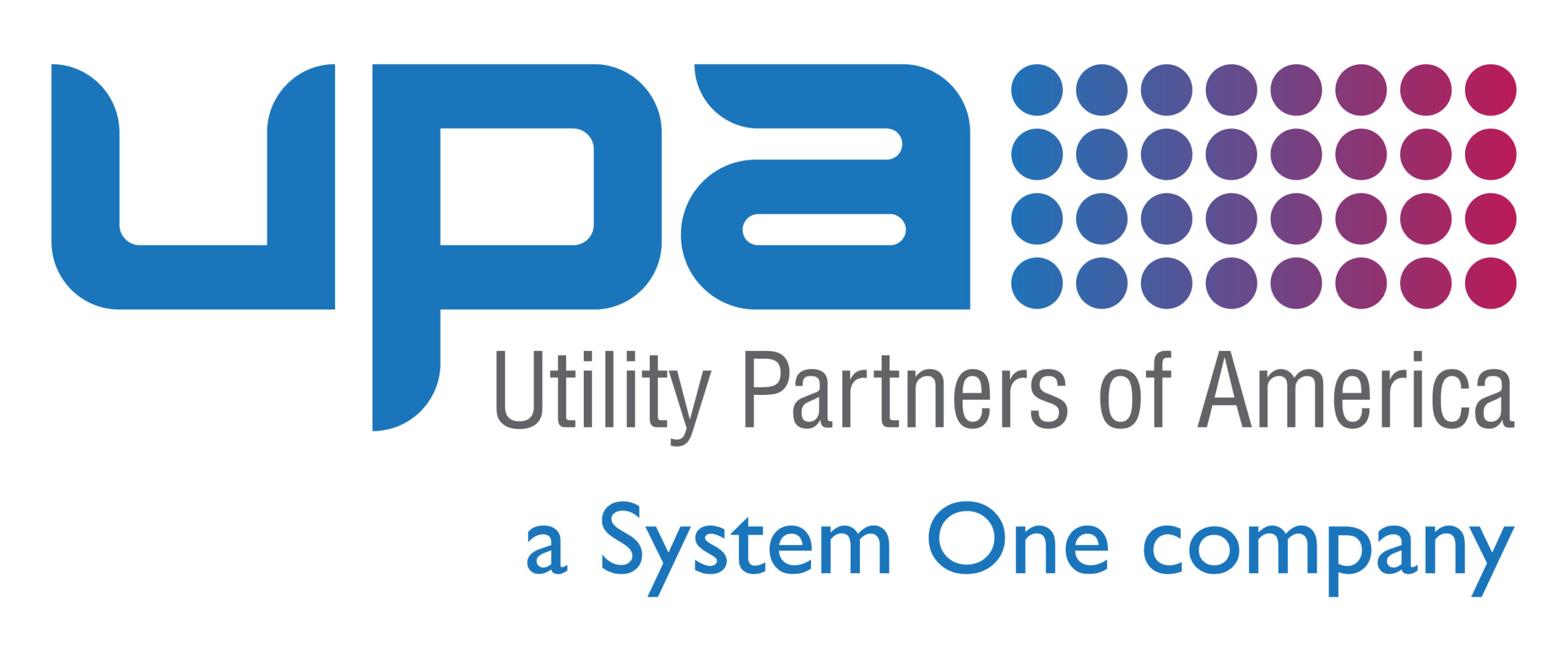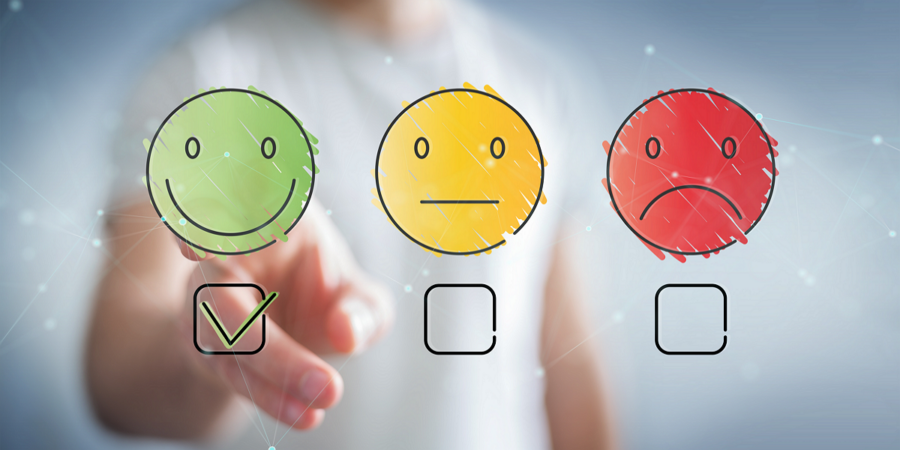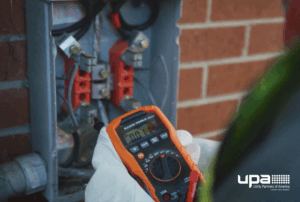The utility industry is unique in that a provider may have little to no competition for their services. This is especially true in states where utilities are regulated. In industries flush with brands and options, higher competition benefits the customer. Generally, competition prompts providers to strive for better products at lower prices to maintain market share.
The savviest utility companies recognize the importance of sound customer engagement. They have the strategy and know-how to respond when something goes wrong. These companies encourage transparency and communication and are receptive to criticisms. They also identify that customer engagement involves more than just customer service. Here are some ideas for strategies you can put in place to improve your utility’s customer engagement efforts.
Evaluate your customer journey

A customer journey encompasses the steps needed to accomplish a certain task. In sales, it typically refers to the process of a customer’s initial research, evaluation of options, and final selection/signup. It can include anything from requesting a new service to paying a bill or reporting an outage. For utilities, this evaluation is vital and provides insight into which parts of the process are ripe for improvement or updating.
For example, if you were to walk through the customer’s journey to sign-up for service, you may uncover duplicative or confusing steps. That can waste the customer’s time and drain staff resources. In a vacuum, one extra step may seem minor, but extrapolate that across every new customer and the impact is clear. Regular exploration of a customer journey is important. This evaluation can mitigate existing issues and ensure your company stays one step ahead of future customer complaints.
Give power to the people
Providing customers the power to self-select or self-diagnose a problem on their own is one way to instantly improve a utility company website. As an example, some utilities will create landing pages that have sortable buckets of topics (i.e. billing information, outage reporting, starting or stopping service, etc.). Before picking up the phone and calling a generic phone number that funnels all customer complaints through one line, customers can self-select the exact problem they encounter.
There are a few different paths you can create to influence the customer journey after the initial selection. If the customer is trying to pay a bill, for example, the utility can guide the customer to a billing-specific page. Here, they should find frequently asked questions and answers, along with tips for troubleshooting their own problems. If the resources and options on that page don’t solve their problem, offer the right department number or on-page chat. This way, they won’t need to explain everything that led to their complaint, as the person responding is prepared to handle their specific issue(s). This customer engagement method is ideal if the customer is already online and knows what they need in a general sense.
No matter what, some customers may always elect to call the utility phone number, regardless of the nature of their problem. This means the utility must provide options for the phone interaction that can earn the utility goodwill with the customer. For example, an automated menu with simple departmental selections ensures the complaint goes to the right person. Again, this reduces the amount of time spent shuffling through departments and explaining the problem.
Communicate effectively to customers in all phases
No business likes to see a customer leave. But, there’s always the chance of that customer returning to the fold in the future. A substantial part of every utility’s communication strategy should include clear and purposeful communication to customers in all phases. This includes those who are leaving. You can avoid the mistake of neglecting departing customers by ensuring the communications you send out include transparent and friendly details. Send instructions related to ending their service or just wish them well once service ends.
Related: Utility Customer Satisfaction Improves With Tech
For existing customers, use your communications channels to send key updates like changes to service or pricing. By communicating effectively about these changes in advance, you have the opportunity to explain why these changes are being made. This can help to soften the blow and alleviate potential call volume into the customer service center. On the flip side, don’t hesitate to boast about good news or provide helpful tips, like your plans for rolling out new features and how customers can save on their bills.
Be there when and where customers need you
We’ve already talked about the idea of deploying methods to slow inbound complaints—like online FAQs and proactive communication—but customer complaints are inevitable. The critical thing to remember is that you have to be present when and where you say you will.
Related: Prioritizing Customer Service Across the Business
If you create a Twitter account to answer customer tweets, don’t leave that channel unattended during standard business hours. If you rely heavily on a call center, make sure it’s well-staffed to avoid long hold times. Customers contact the utility because of a problem and are already having a bad experience. So, you don’t want to make it worse by letting them down a second time.
For more than 20 years, Utility Partners of America has partnered with utilities and energy co-ops to deliver project management, construction management, operations, maintenance, and professional services. This summer, we built and staffed a new call center for a large US-based utility.
If your approach to customer engagement needs some improvement, we can help. Contact us today.




